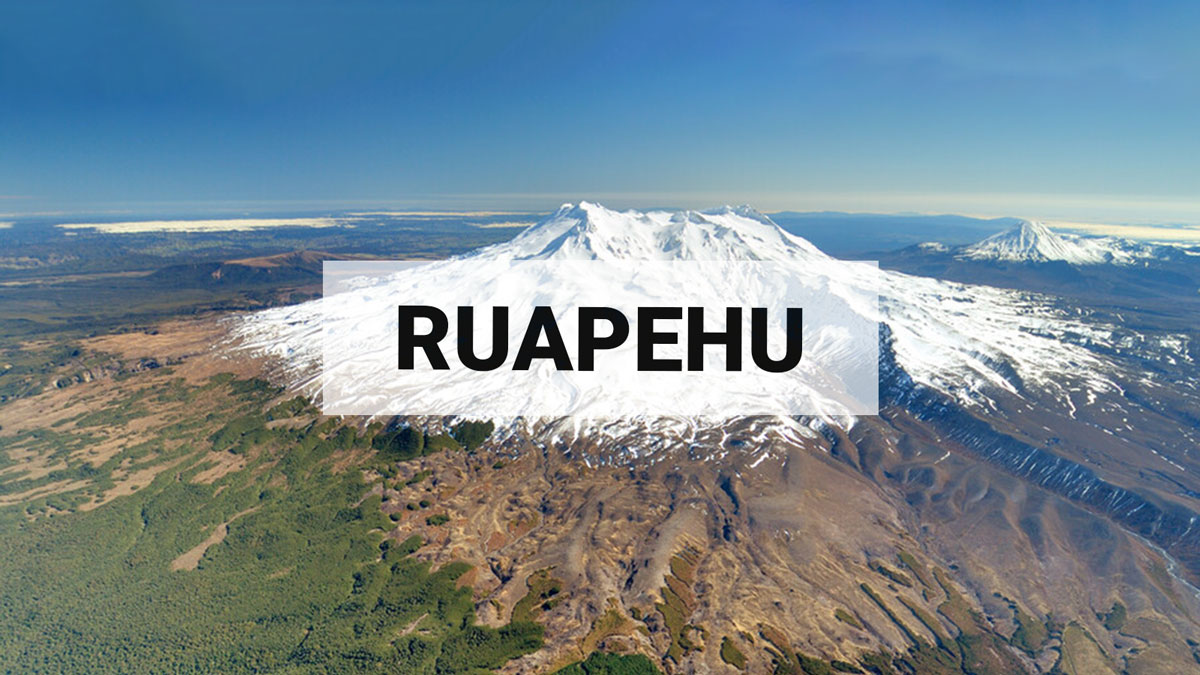FITS Deprecation Notice
The FITS data base is being deprecated on the 31st March 2025.
The data is being migrated to Tilde and will be available through the API and visualization interfaces.
You can check on the status of the different data sets on our FITS System Deprecation: Transition to Tilde API page.

Te Wai ā-moe (Crater Lake) has stopped cooling at Mt Ruapehu. Volcanic activity remains low and the Volcanic Alert Level remains at Level 1.
Te Wai ā-moe (Ruapehu Crater Lake) has now stopped cooling and started to reheat, rising 4 °C over the last 2 weeks. The lake temperature is now reaching 15 °C. Other monitoring indicators remain within normal ranges and the overall level of volcanic activity remains low. The Volcanic Alert Level remains at Level 1 and the Aviation Colour Code at Green.
Since late December 2022 the temperature of Te Wai ā-moe (Crater Lake) had shown a declining trend, falling from 32 °C to 11 °C (Figure 1) by mid-July. Since then, the lake temperature has risen 4 °C and is now 15 °C. During the cooling phase the heat flow into the lake declined from around 400 MW to less than 50 MW. Now that heating has started it has increased to around 100 MW.
The lake can experience temporary drops in temperature due to short-lived input of snow melt and heavy rainfall into the lake. But these short-term variations did not affect the long-term heating or cooling trends.
The level of volcanic tremor recorded by our seismic equipment has remained weak since May and very few earthquakes have been located beneath the volcano. Our scanDOAS gas scanning equipment has measured low-to-moderate levels of gas output most days during the past three months. Indicating volcanic gases are flowing through the volcano.
Water samples were collected from the lake most recently on June 15th, 2023. Analyses of fluids and gases in these samples show no significant changes compared to other recent chemistry samples. Key chemical indicators suggest the temperature of the gas input into the lake was still decreasing at the time of sampling, which is consistent with the still decreasing lake temperature at that time. The water and gas composition data are consistent with chemical interactions between the fluids and gases, and volcanic rocks in the hydrothermal system beneath the lake at low levels of volcanic activity.
Both the current low levels of volcanic tremor, the very small changes in lake chemistry, and the overall lake temperature are consistent with a low level of volcanic activity at Mt Ruapehu. As a result, the Volcanic Alert Level remains at Level 1. The Aviation Colour Code remains Green.
Mt Ruapehu is an active volcano and has the potential to erupt with little or no warning when in a state of minor volcanic unrest.
Volcanic Alert Level 1 indicates the primary hazards are those expected during volcanic unrest: steam discharge, volcanic gas, earthquakes, landslides, and hydrothermal activity. While Volcanic Alert Level 1 is mostly associated with environmental hazards, potential for eruption hazards also exists and eruptions can still occur with little or no warning. Volcanic Alert Levels 3, 4 and 5 are reserved for eruptions with varying impact distances.
For information on access to the Mt Ruapehu area, please visit the Department of Conservation’s website on volcanic risk in Tongariro National Park and follow the DOC Tongariro Facebook page for further updates.
For information about responding to volcanic activity there are guidelines from the National Emergency Management Agency.
GNS Science and its National Geohazards Monitoring Centre continue to closely monitor Mt Ruapehu for further changes.
Agnes Mazot
Duty Volcanologist
Media Contact: 021 574 541 or media@gns.cri.nz

